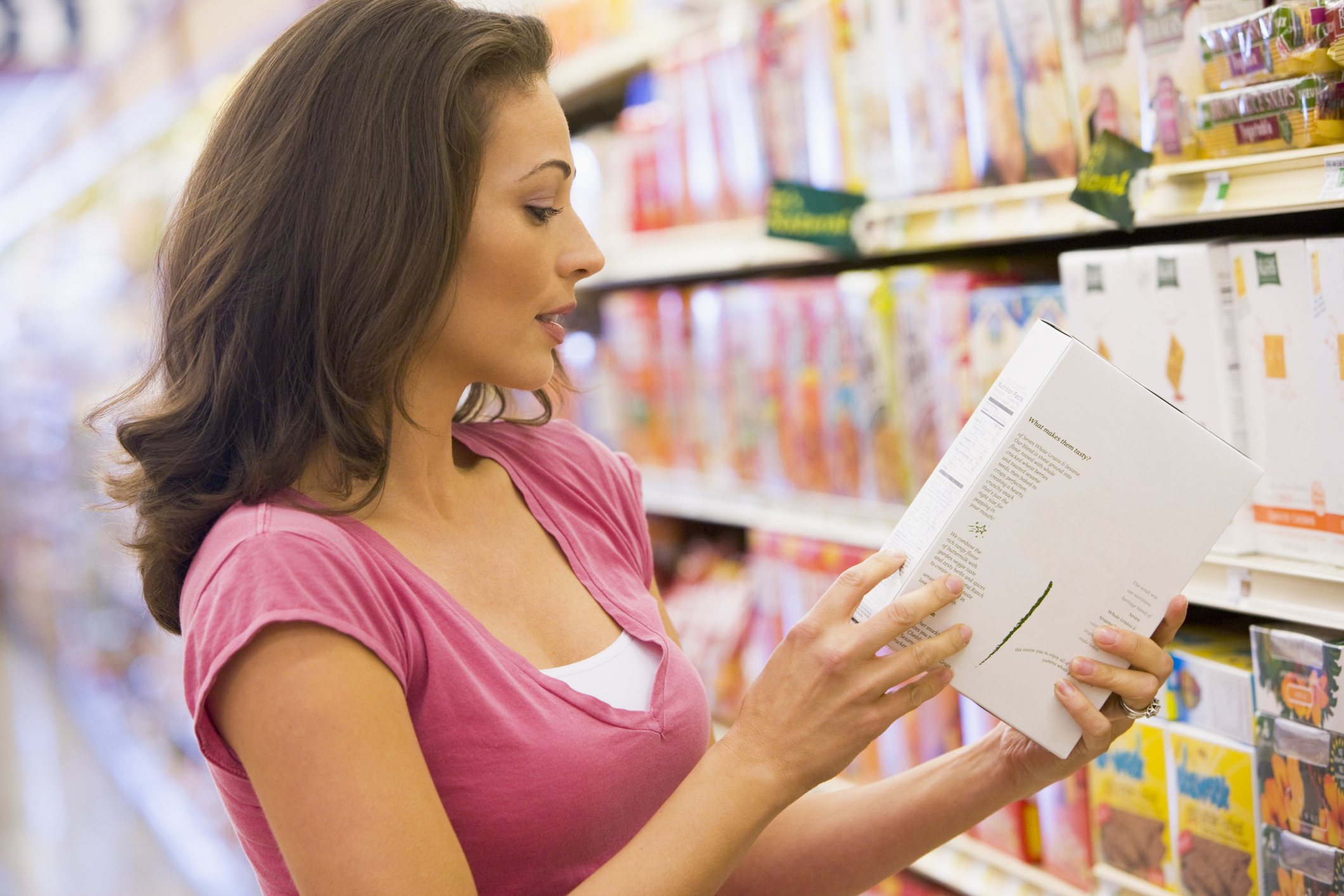
I cannot with the price of groceries lately. Everything is so expensive and the thought that basic grocery items are about to get even more expensive because of tariffs imposed by President Trump has me trying to set up a plan for how to get the most for my money. It's not like I can simply take a break from feeding my family until the prices go down. So, what do I do? What can we all do to cope with the rising price of feeding our families?
First, let's not panic because that's just going to make us want to eat our feelings and that's not going to help our grocery budget, now is it? Instead let's figure this out because we must. Let's do it by seeing what experts have to say about what grocery items are likely to get more expensive and what we can do to keep ourselves and our loved ones fed at a price we can afford.
What grocery items should we expect to get more expensive?

Well, since every section of the grocery store carries imported items, it stands to reason that we are going to see a rise in prices in every section. CNN was told by experts that we will probably see a rise in prices on “seafood, coffee, fruit, cheese, nuts, candy bars, and other imported foods.”
In case you missed it, coffee is likely going to go up in price!

I need my cafecito and the price of it is almost certainly going to jump because the US is the largest importer of coffee in the world. Of course, I have already cut down on my coffee costs by brewing it at home, but even so, the coffee I buy costs me $1 a cup and I drink three cups a day. I can’t really justify paying more than $3 a day for my coffee habit, so I guess I’m just going to have to decrease my intake to two cups a day. Bummer for everyone around me when I’m even more grouchy and tired than usual.
And it’s not just actual groceries being imported that will cause a rise in prices.
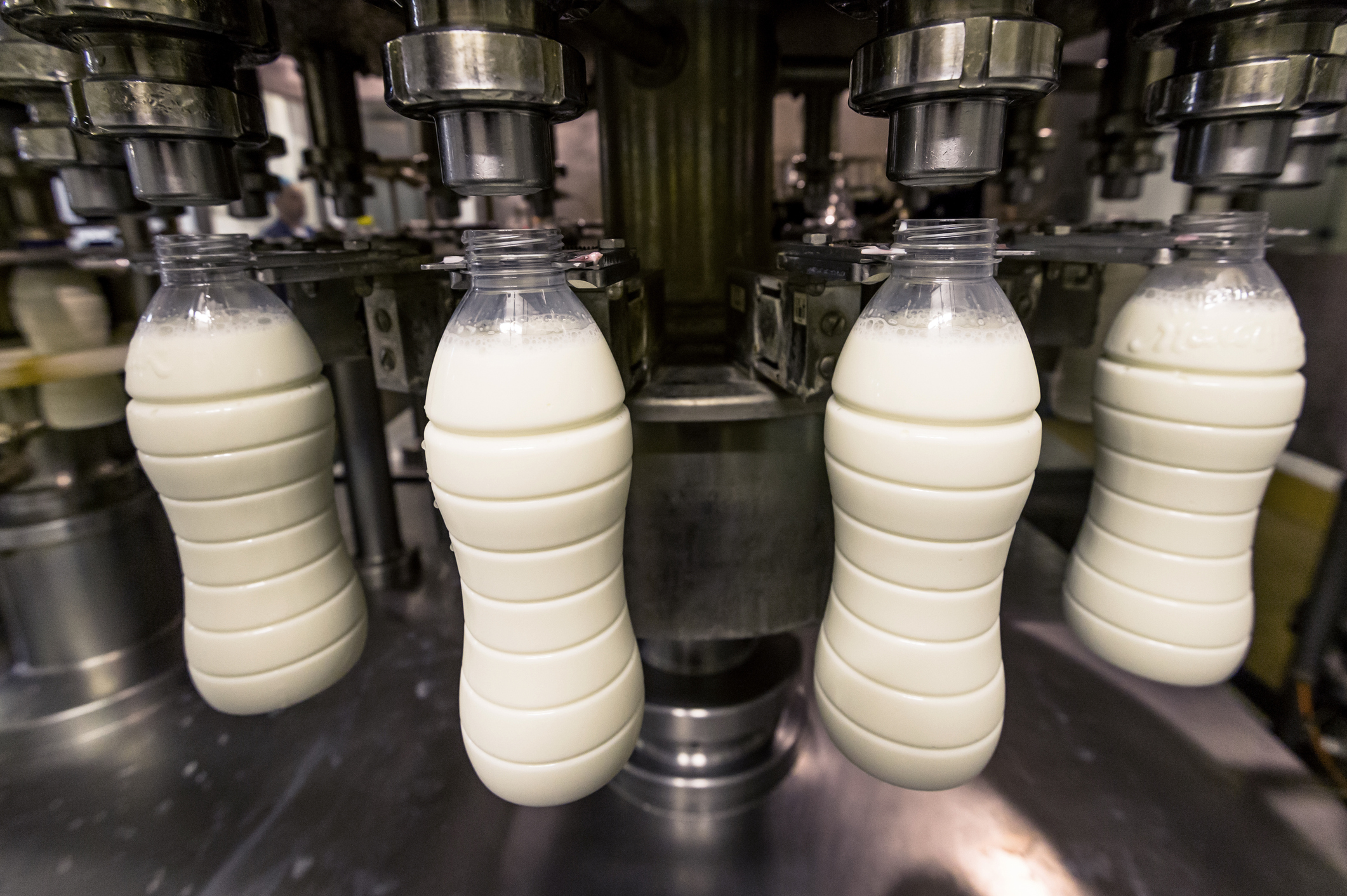
Sure, it stands to reason that bananas will cost more because they’re imported. But even packaged goods that use packaging made in other countries will see a price jump. So items that are wrapped in plastic or aluminum made in other countries are also going to get more expensive even if what is inside the packaging is not imported.
Also, look out for shrinkflation!

Shrinkflation is when an item doesn’t go up in price, but you end up getting less of the product for the same price. I freakin’ hate it when companies do that! It feels like they are trying to pull one over on me. Like when ice cream manufacturers started selling less than a pint-worth of ice cream for the same price they used to charge for a full pint. That means that as consumers we need to pay attention not just to the price of a product, we also need to check the amount of product we are getting for that price.
As for saving, start by repeating after me: ¡Hay comida y café en la casa!

Eat at home as much as possible and make your coffee there, too. Restaurant and coffee shop prices are going to go up because their costs are going up. Remember that buying coffee and eating out are not necessities, they are luxuries. I’m not saying you can never do it, just don’t do it regularly if you’re trying to save money.
Shop for locally grown produce.

Make visiting your local farmers markets part of your routine. If it’s grown locally, then it isn’t being taxed as an import, right? Prices might still go up because farmers operating costs might be affected, but the jump won’t be as high as with imported produce.
Realize that you will have to be flexible.
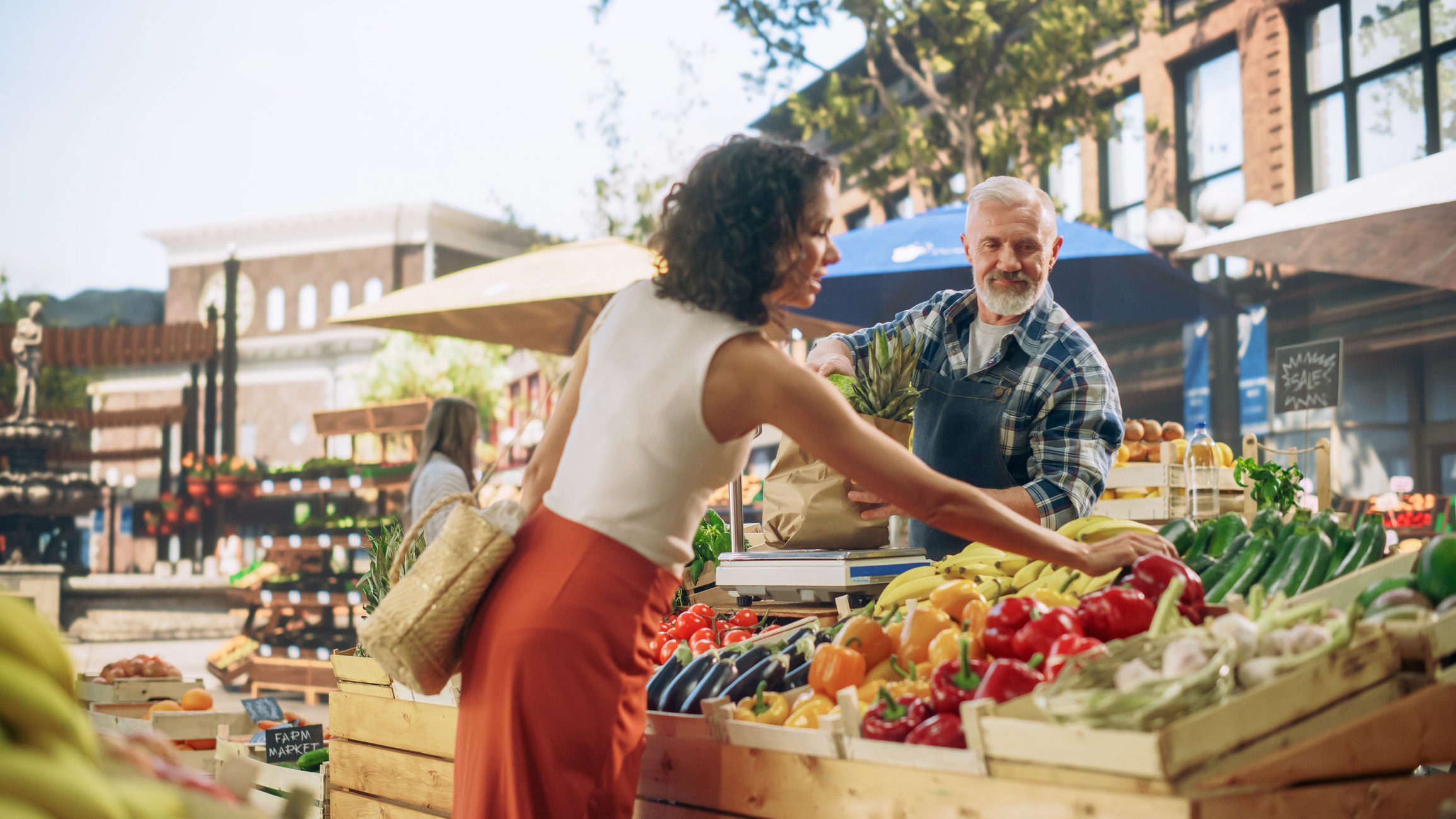
Shopping for locally grown produce means that you will be eating what’s in season locally and not necessarily what you are used to eating. You might have to do without bananas for a while as they aren’t grown in the US, but eating locally and seasonally is a great way to expand your palate and try things you might not otherwise buy.
Start shopping the bulk bins.
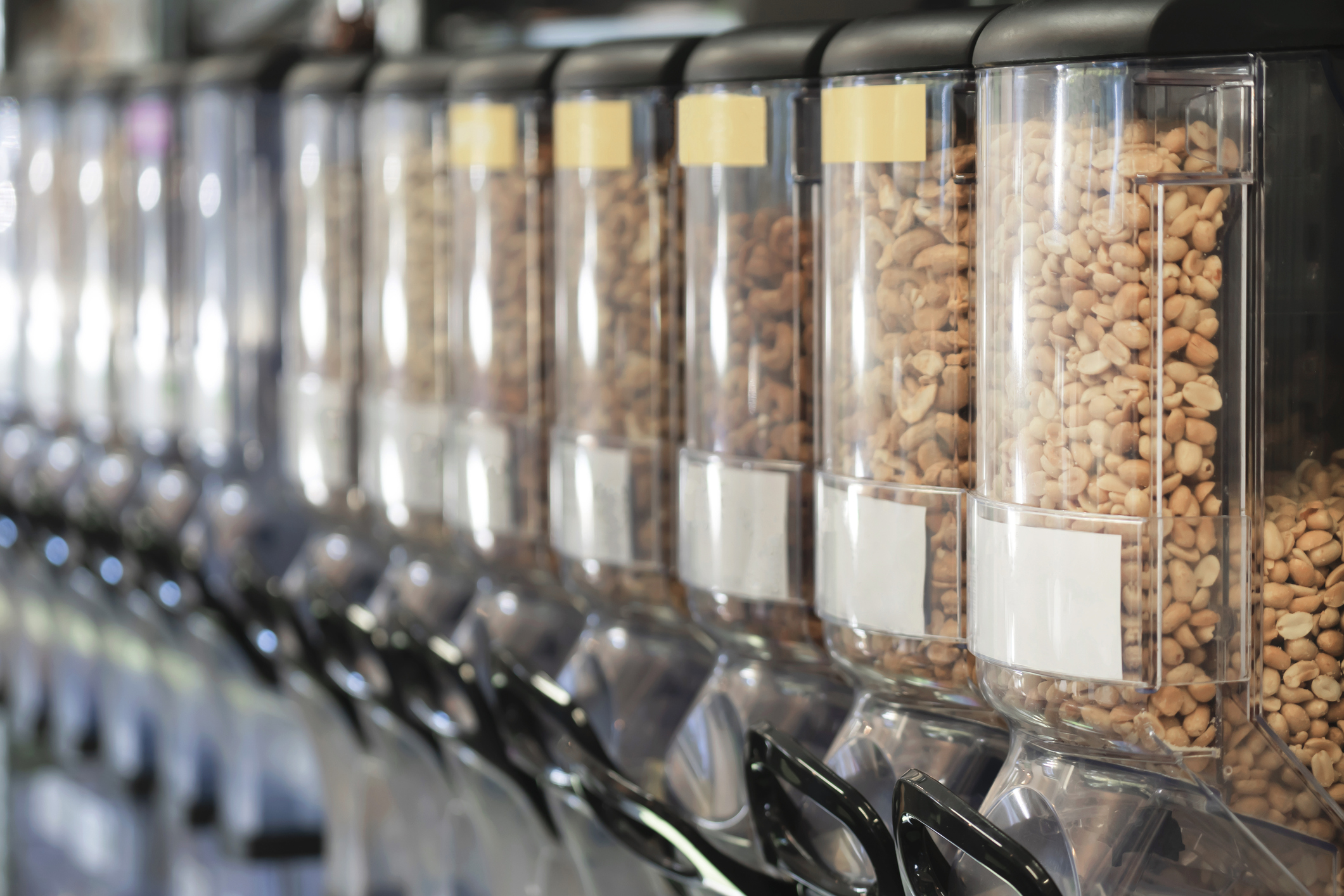
If you don’t already shop for nuts, dry beans, and such from bulk bins, now is the time to start. Especially since the price of packaging materials is rising because of tariffs. I don’t know about you, but I certainly don’t want to pay more to cover the costs of packaging. No, thank you.
Save money in other areas.
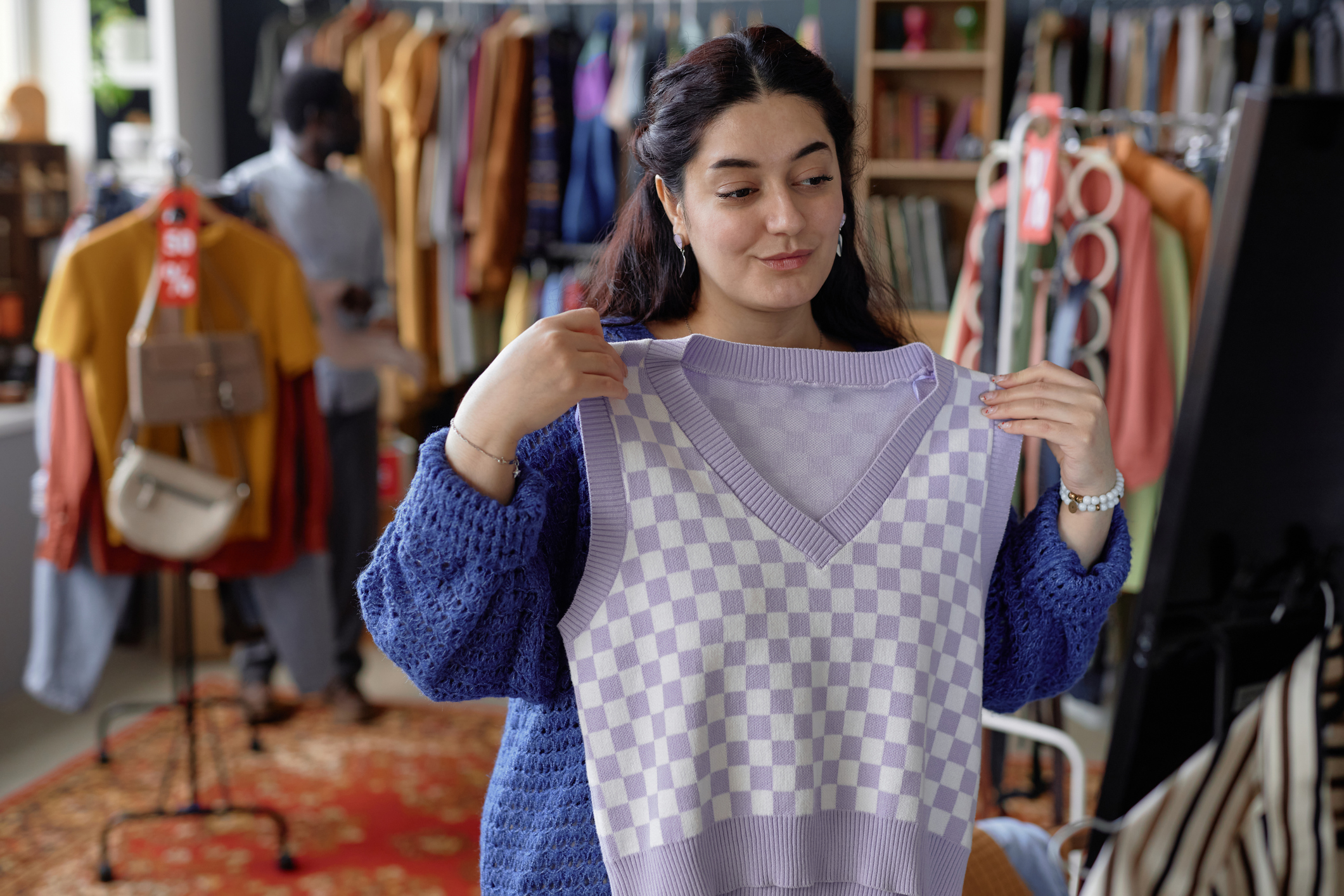
You have to buy groceries, that’s a non-negotiable. Fortunately, there are other purchases that are negotiable. Consider buying less in other areas or buying items second hand as they tend to be cheaper. Think clothes, furniture, cars, etc. Whatever money you save, can help cover the rising costs of groceries.
Good luck to us all!




